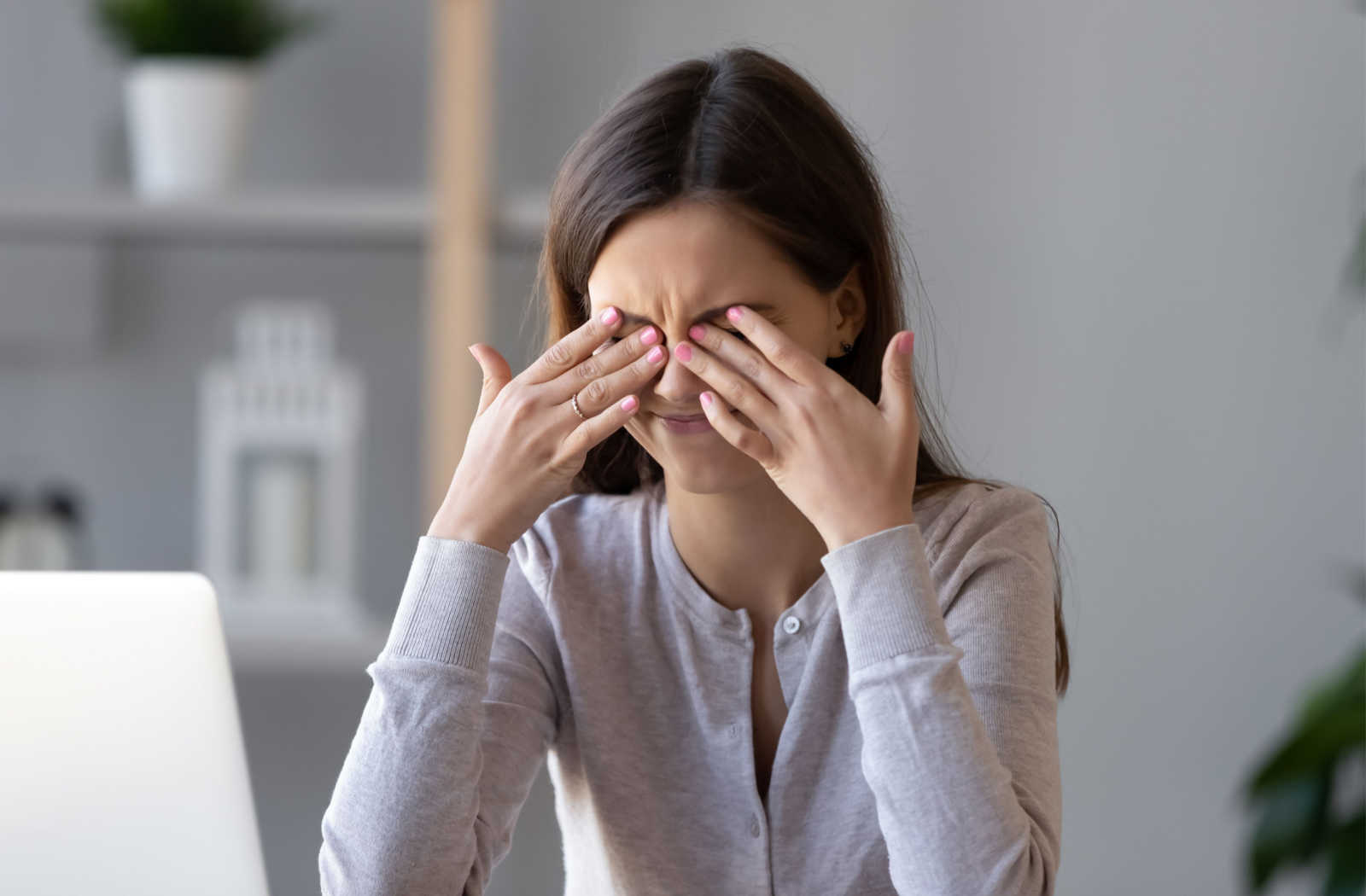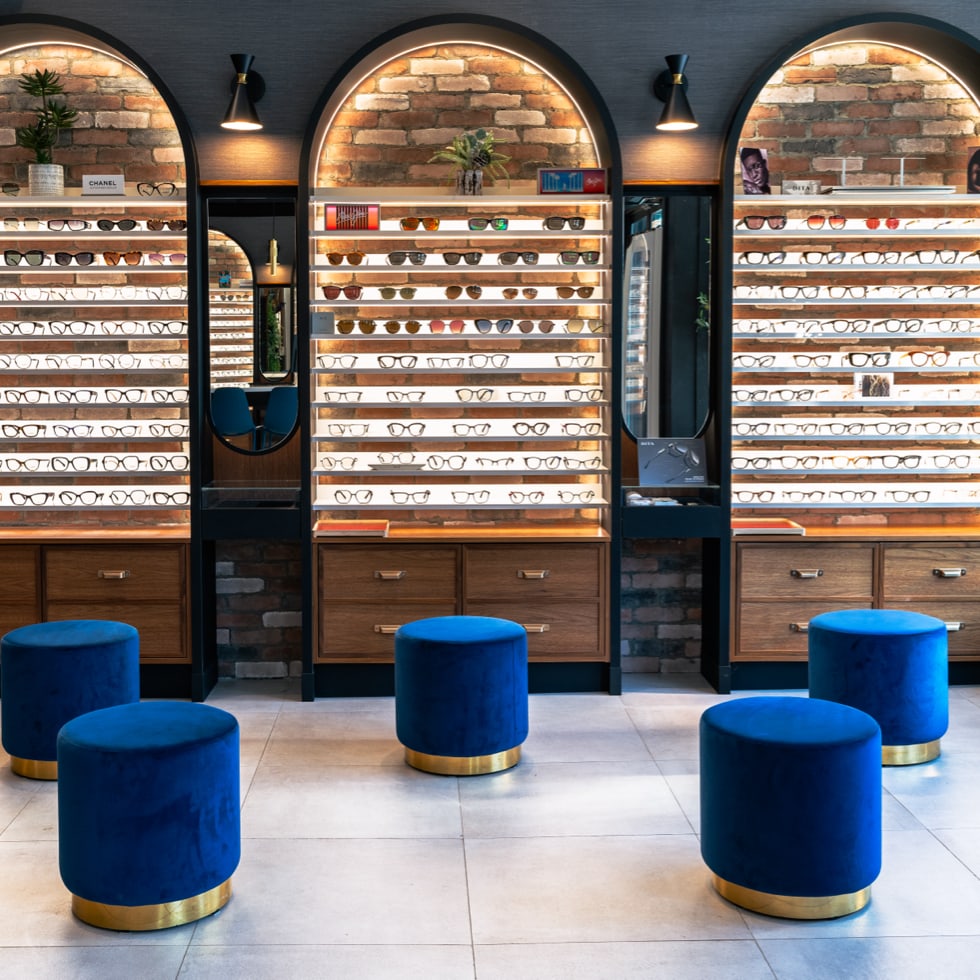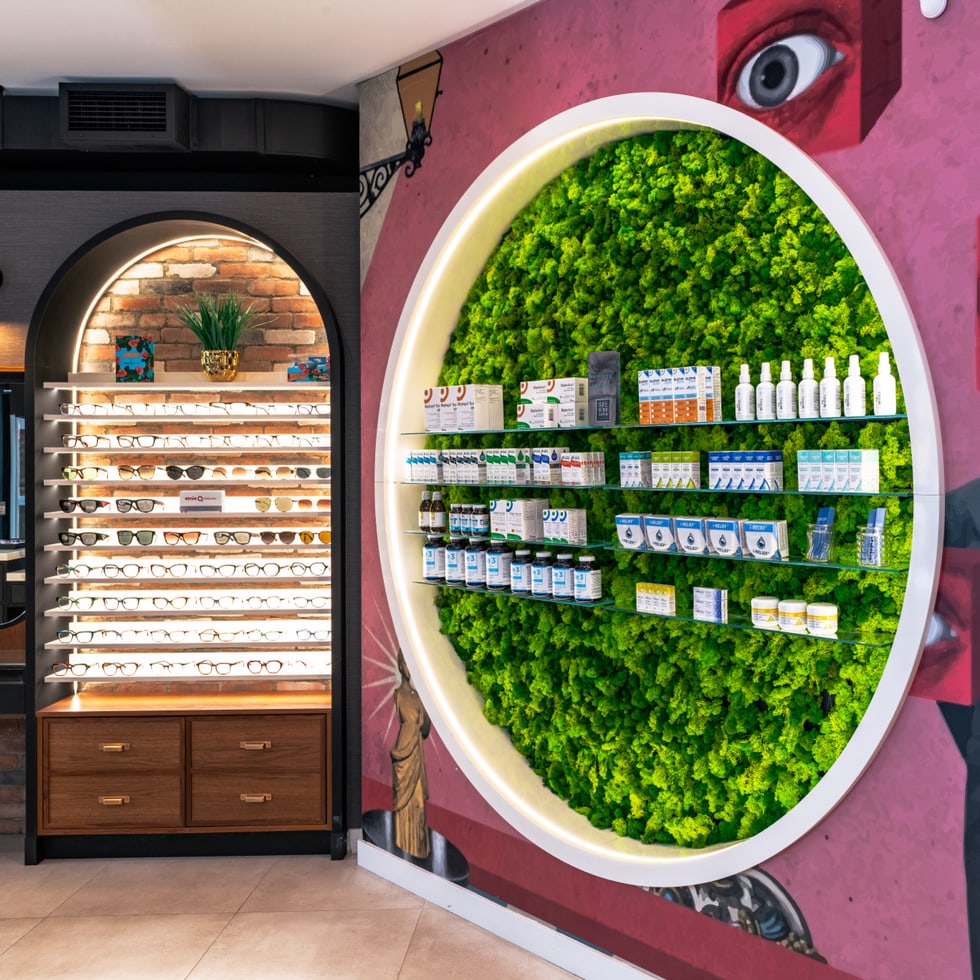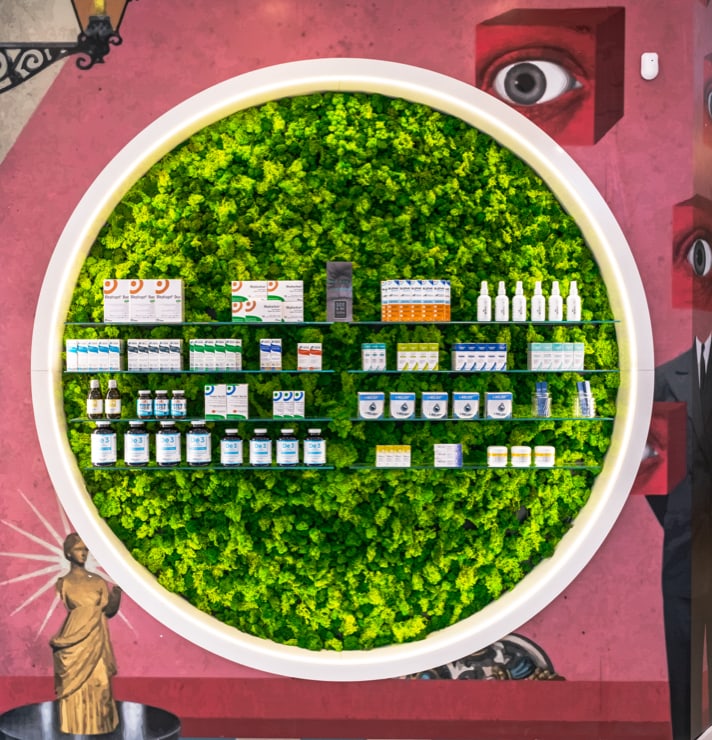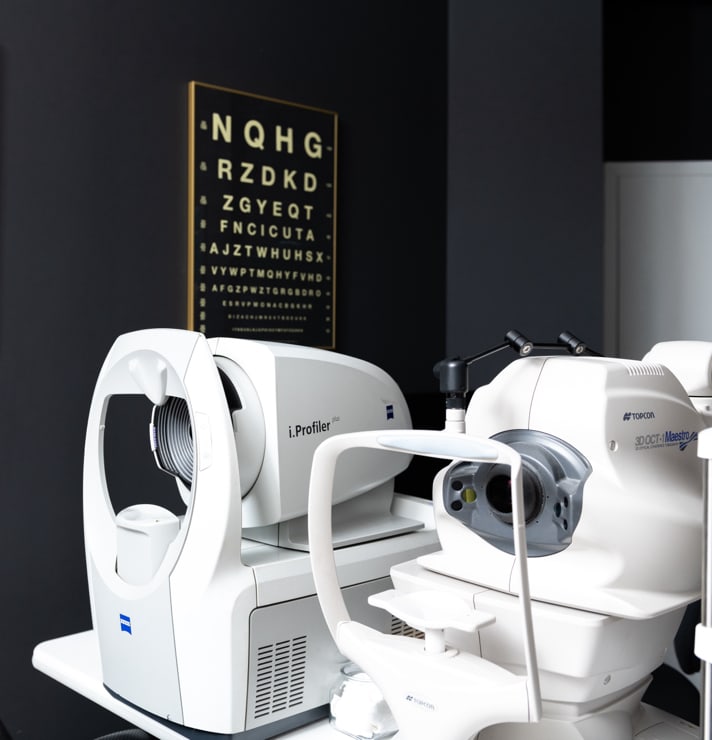Living with dry eyes can be an ongoing battle that affects your daily life. The discomfort can disrupt your routine from the moment you wake up to the moment you close your eyes at night. Understanding the underlying causes and exploring effective treatments can make a significant difference.
A leading cause of dry eye is meibomian gland dysfunction, resulting from clogged meibomian glands. It’s important to consult your optometrist for treatment advice, which might include in-office options like LipiFlow or at-home remedies such as warm compresses.
What Is Dry Eye Disease?
Dry eye disease is a condition where your eyes fail to produce enough tears, or the tears evaporate too quickly, resulting in redness, irritation, and sometimes damage to the eye’s surface. It’s often characterized by a persistent dry, gritty sensation, burning, and visibly red eyes. This condition affects millions of people worldwide, interfering with their ability to focus and perform tasks comfortably.
Symptoms can vary, ranging from mild irritation to severe discomfort. A common dry eye symptom is the feeling of having something in your eye. Other symptoms might include:
- Watery eyes
- Blurred vision
- Sensitivity to light
Understanding these symptoms is essential for managing and seeking appropriate treatment.
Various factors contribute to dry eye disease, including:
- Age
- Sex
- Environmental conditions
However, one of the leading causes of dry eyes is meibomian gland dysfunction (MGD), which obstructs the oil glands in your eyelids and interferes with the eye’s natural moisture balance.
What Are Meibomian Glands?
Meibomian glands are oil-producing glands located in your eyelids. They play a vital role in preventing the evaporation of tears by secreting oils that form a protective layer over the eye’s surface. When these glands become blocked or dysfunctional, it can lead to meibomian gland dysfunction (MGD).
MGD occurs when the glands fail to produce enough oil or become clogged, causing tears to evaporate rapidly. This dysfunction can result from various factors, including:
- Hormonal changes
- Certain medications
- Prolonged screen time
If left untreated, MGD can intensify dry eye symptoms, potentially leading to more serious eye conditions.
Symptoms of meibomian gland dysfunction often mimic those of dry eye disease, making it challenging to differentiate. Common signs include:
- Redness
- Irritation
- Eyelid swelling
- Crusty debris along the lash line
Recognizing these symptoms can help with timely intervention and effective management.
Treatment Options for Clearing Meibomian Glands
While both professional and at-home treatments are available to help clear meibomian glands, visiting an optometrist is a great first step. You’ll receive professional guidance and recommendations based on your condition.
Professional Treatments
Optometrists often offer a range of treatments to help clear blocked glands and improve tear quality.
One effective method is LipiFlow, an in-office procedure applying gentle heat and pressure to your eyelids. This treatment helps unblock glands and encourages natural oil production, providing significant relief from dry eye symptoms.
Similarly, intense pulsed light therapy (IPL) uses specific wavelengths of light to reduce inflammation and encourage oil production. Gentle heat from the light also helps melt oils and reduce the blockages contributing to dry eye symptoms.
Radiofrequency therapy (RF) uses high-frequency electrical currents to apply warmth and stimulate collagen production. The gentle heat from RF therapy helps melt oils clogging the meibomian glands.
Another option is meibomian gland expression, which involves manually clearing the blocked glands. It uses tools like cotton-tip applicators to apply pressure and express the glands, often after applying heat to soften the meibum. This procedure has shown promising results, significantly improving symptoms.
If necessary, optometrists may also prescribe medication, such as steroid drops, to reduce inflammation and enhance oil flow.

At-Home Treatments
While professional treatments are important, there are also several at-home remedies to support healthy gland function:
- Apply warm compresses to your eyelids to help loosen blockages and promote oil flow.
- Gently massage your eyelids to aid in clearing the glands.
- Clean your eyelids regularly with mild soap or baby shampoo to prevent further blockages and irritation.
- Use dry eye drops for temporary relief of symptoms.
However, it’s crucial not to attempt to unclog the glands yourself without professional guidance. Applying excess pressure or excessive heat on your eyelids can lead to damage and increase the risk of infection. Consult your optometrist for proper advice and techniques before proceeding with any at-home treatment.
Long-Term Treatments for Good Eye Health
Maintaining long-term eye health involves adopting healthy habits and lifestyle choices. To help support gland function, be sure to:
- Incorporate vitamins, such as Omega-3 fatty acids, into your diet.
- Eat a balanced diet rich in nutrients and antioxidants.
- Cleanse your face and remove makeup at night to reduce the risk of further blockages.
- Practice proper contact lens care.
- Take regular breaks from screens to help alleviate eye strain.
In addition to these daily habits, scheduling regular eye exams with your optometrist is vital for monitoring your eye health and detecting any issues early. Early intervention can prevent complications and promote optimal visual comfort.
Find Relief Today
Living with dry eyes caused by meibomian gland dysfunction can be challenging, but treatments are available. Understanding your condition and exploring both professional and at-home treatments can significantly improve your quality of life.
Remember, your eye health is essential, and taking proactive steps to manage symptoms can lead to lasting comfort. Book an eye exam with See & Be Seen Eyecare today for personalized care for you and your family.

